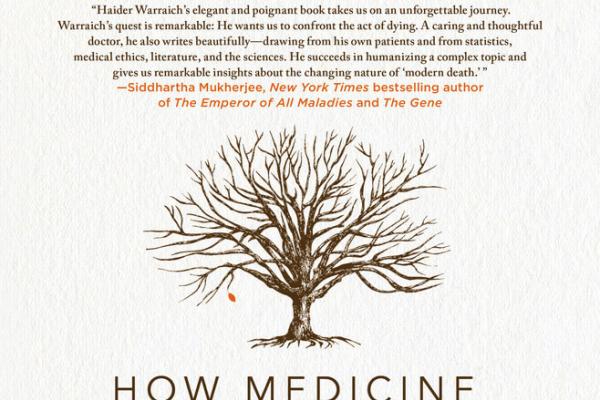SOUTH ASIAN-AMERICANS, such as Siddhartha Mukherjee and Atul Gawande, have recently made a dent in the white male hegemony that has reigned in medical writing for general audiences. Haider Warraich is following in their path with this new book on death and dying.
With liberal use of anecdotes from a medical residency in Boston, Warraich snaps the reader out of sanitized TV portrayals or even hospital experiences of death to induce a more authentic confrontation, one most would seemingly rather avoid at all costs. (Witness church members who no longer have funerals but “celebrations of life” and “homegoings,” often after enduring dehumanizing and futile end-of-life interventions.)
But is lack of knowledge about the mechanics of “modern death” in a technological society at the core of the problem, as Warraich seems to think? Is his thesis correct that our fear of death is greater than ever? Can social media posts by the dying overcome these problems?
Read the Full Article

